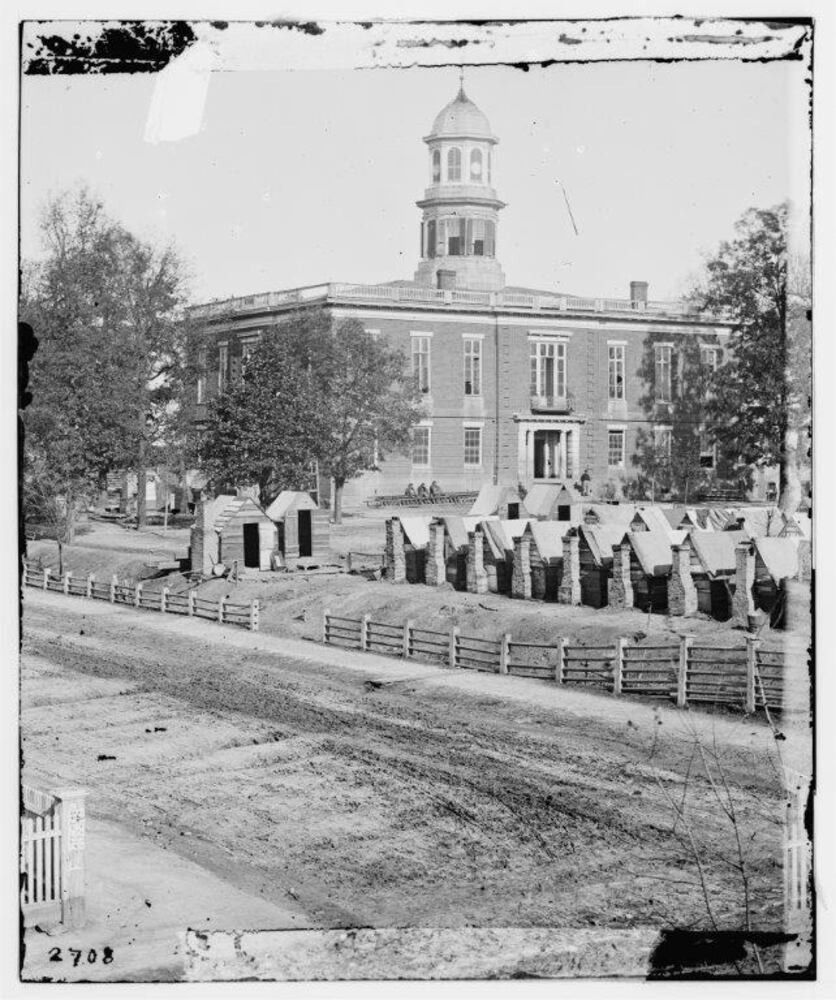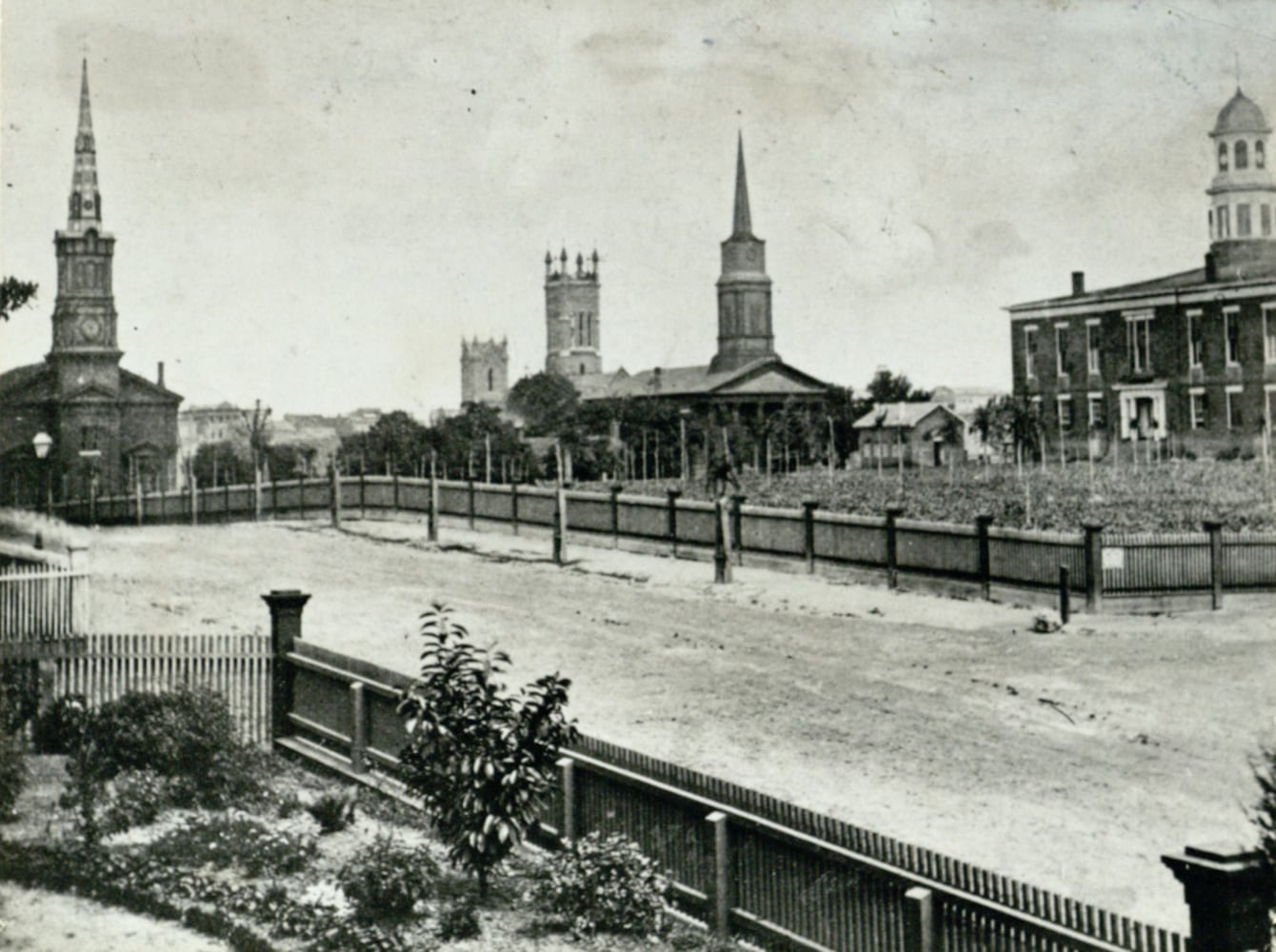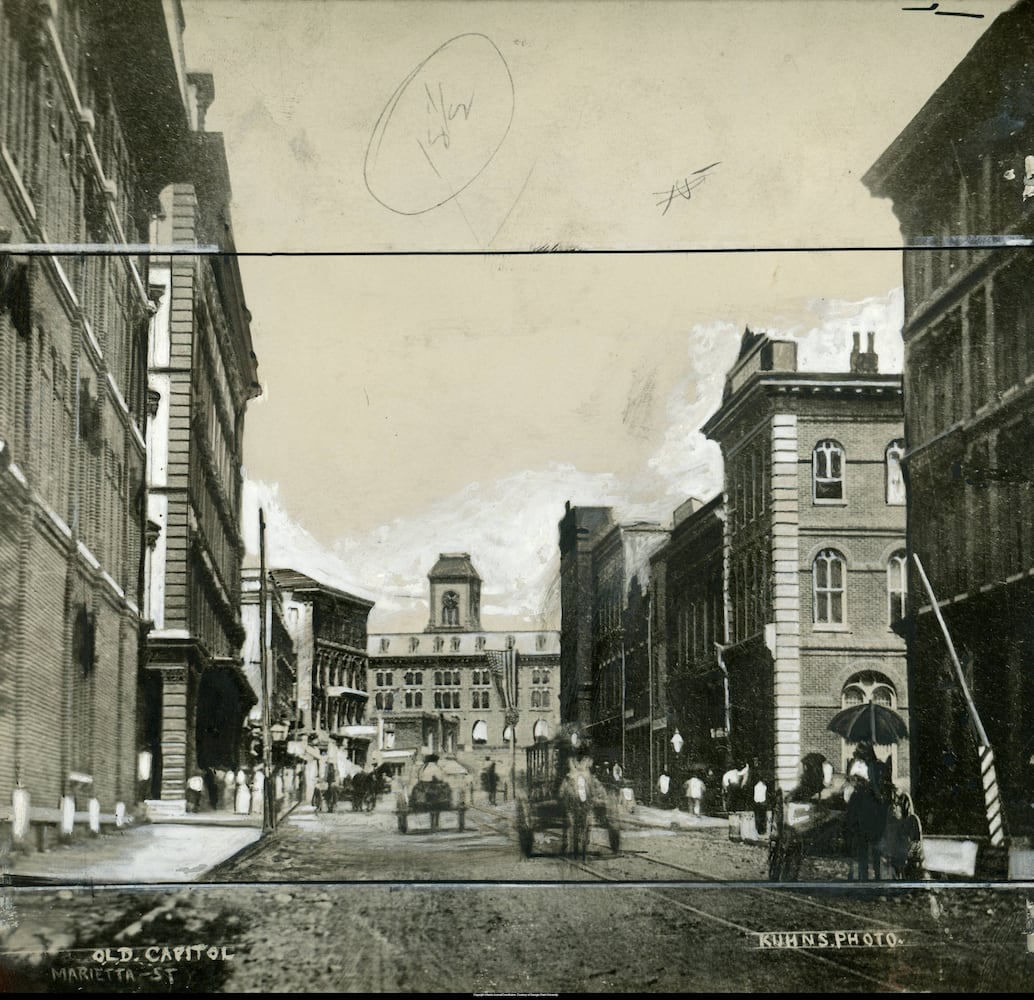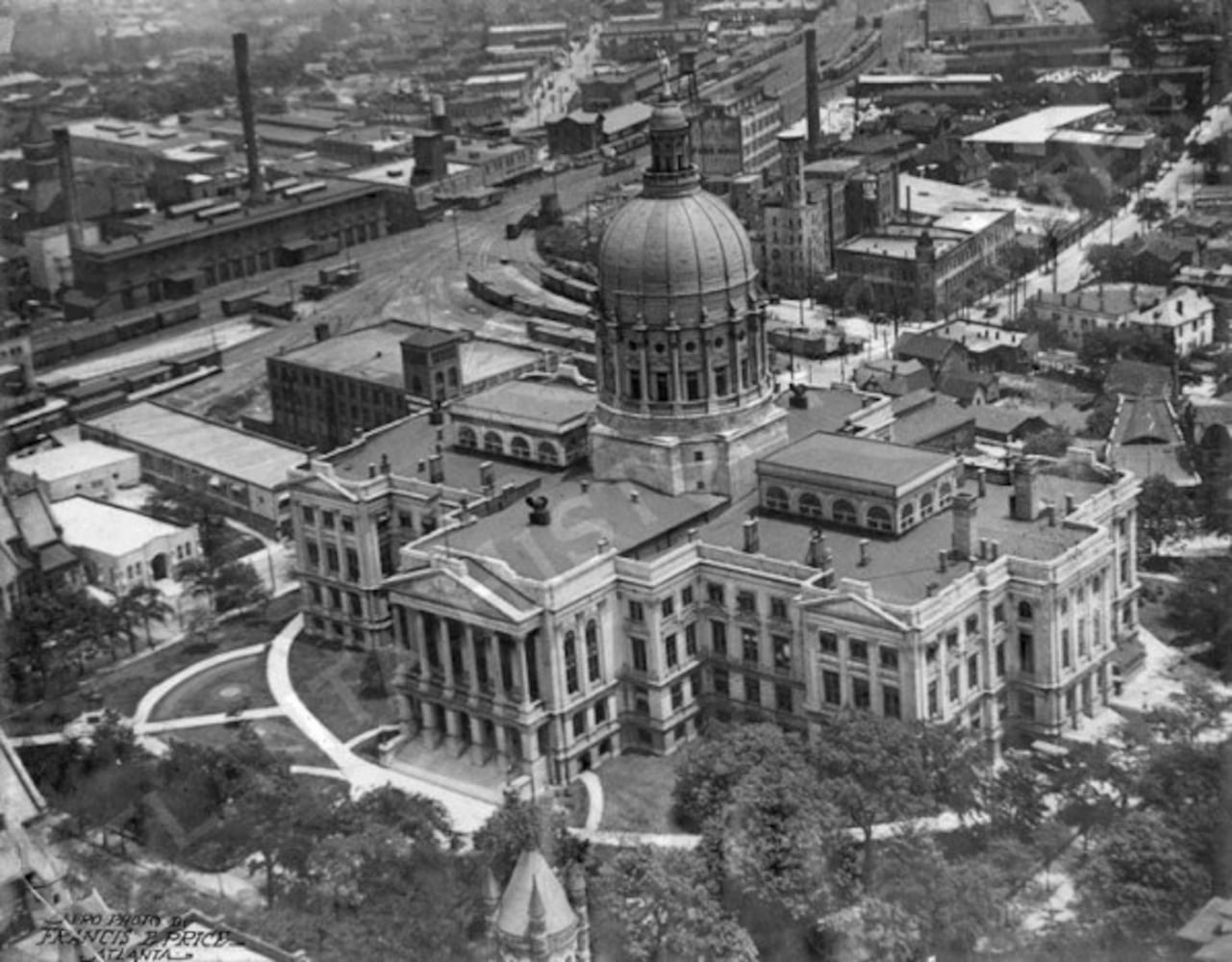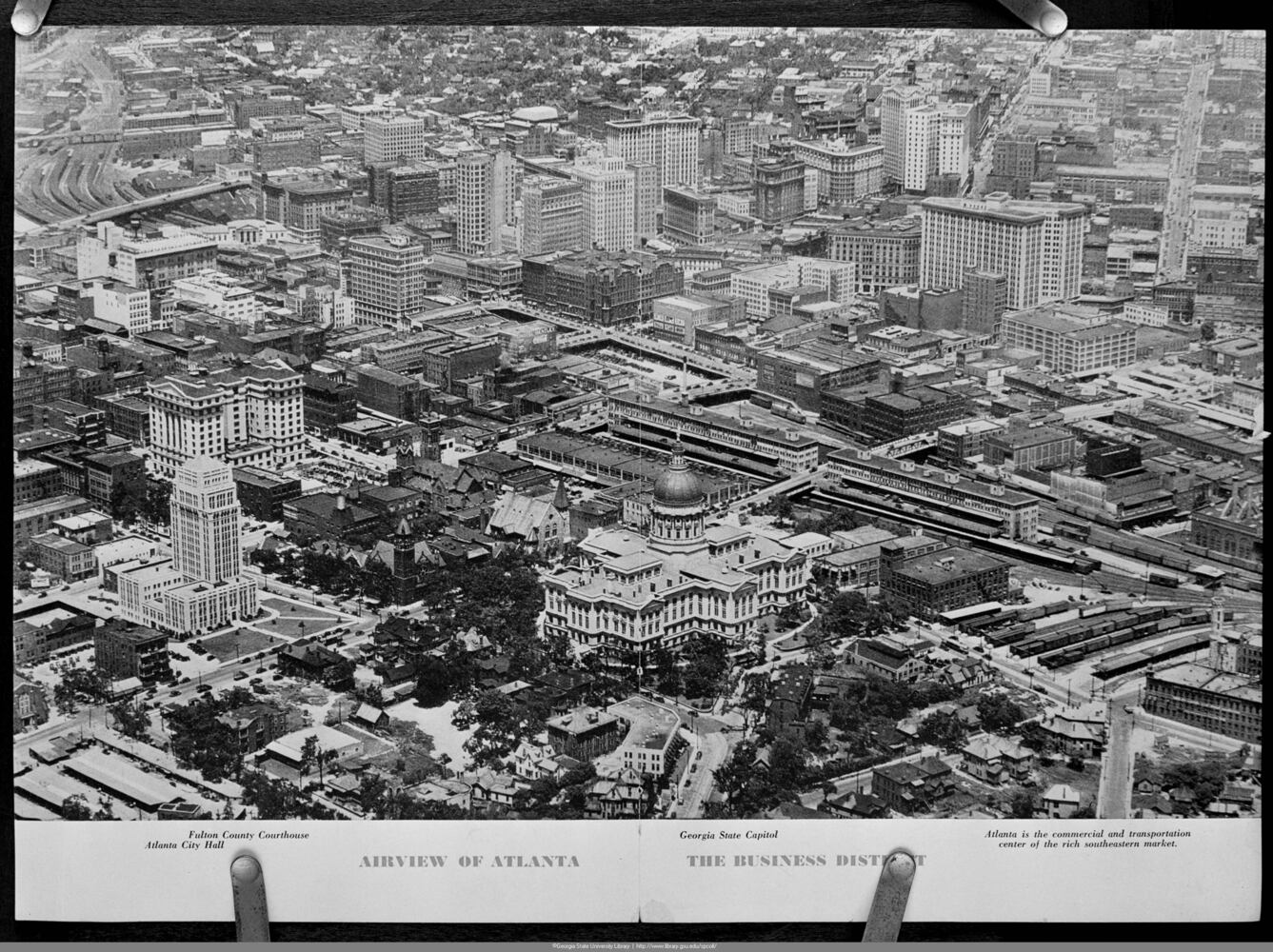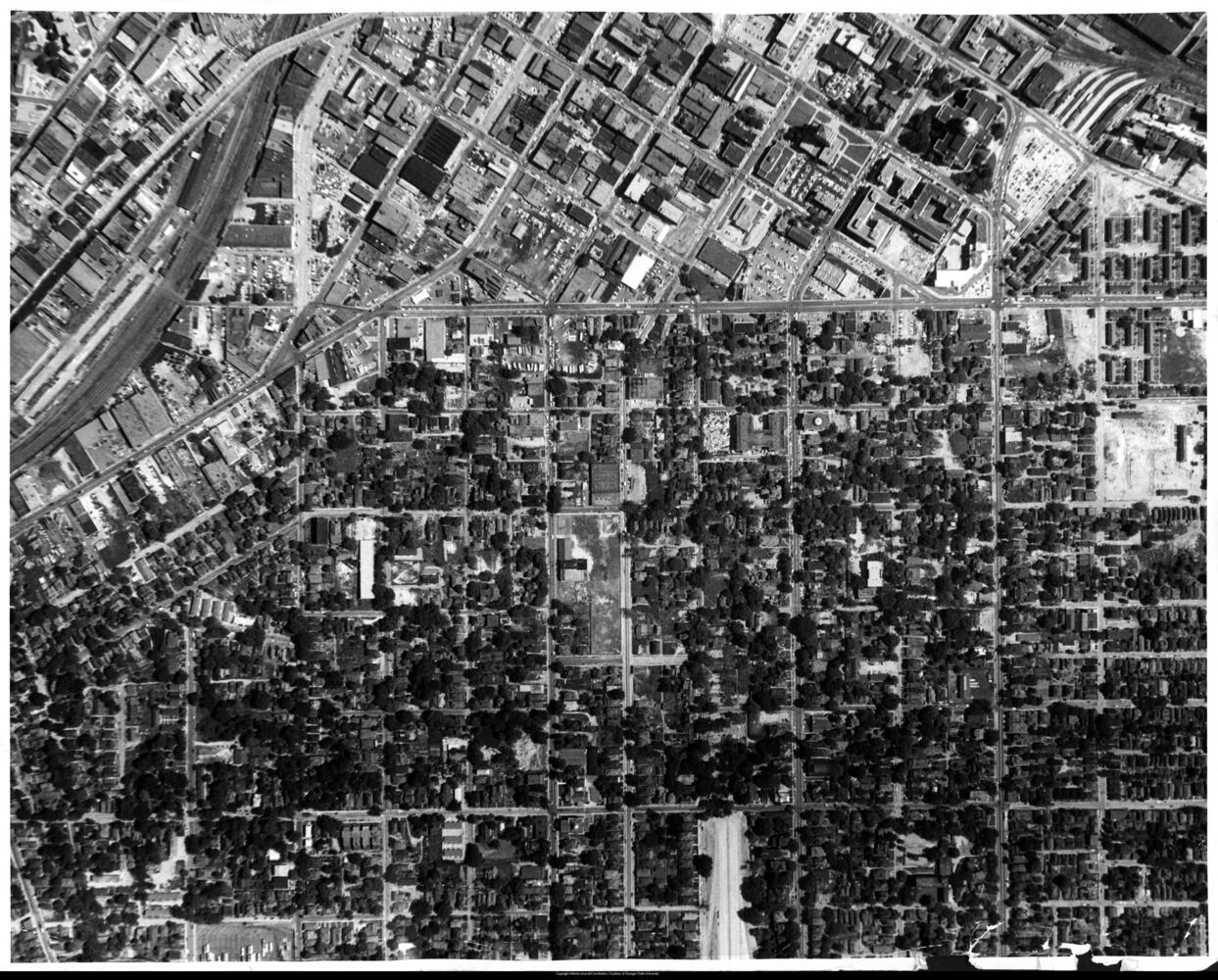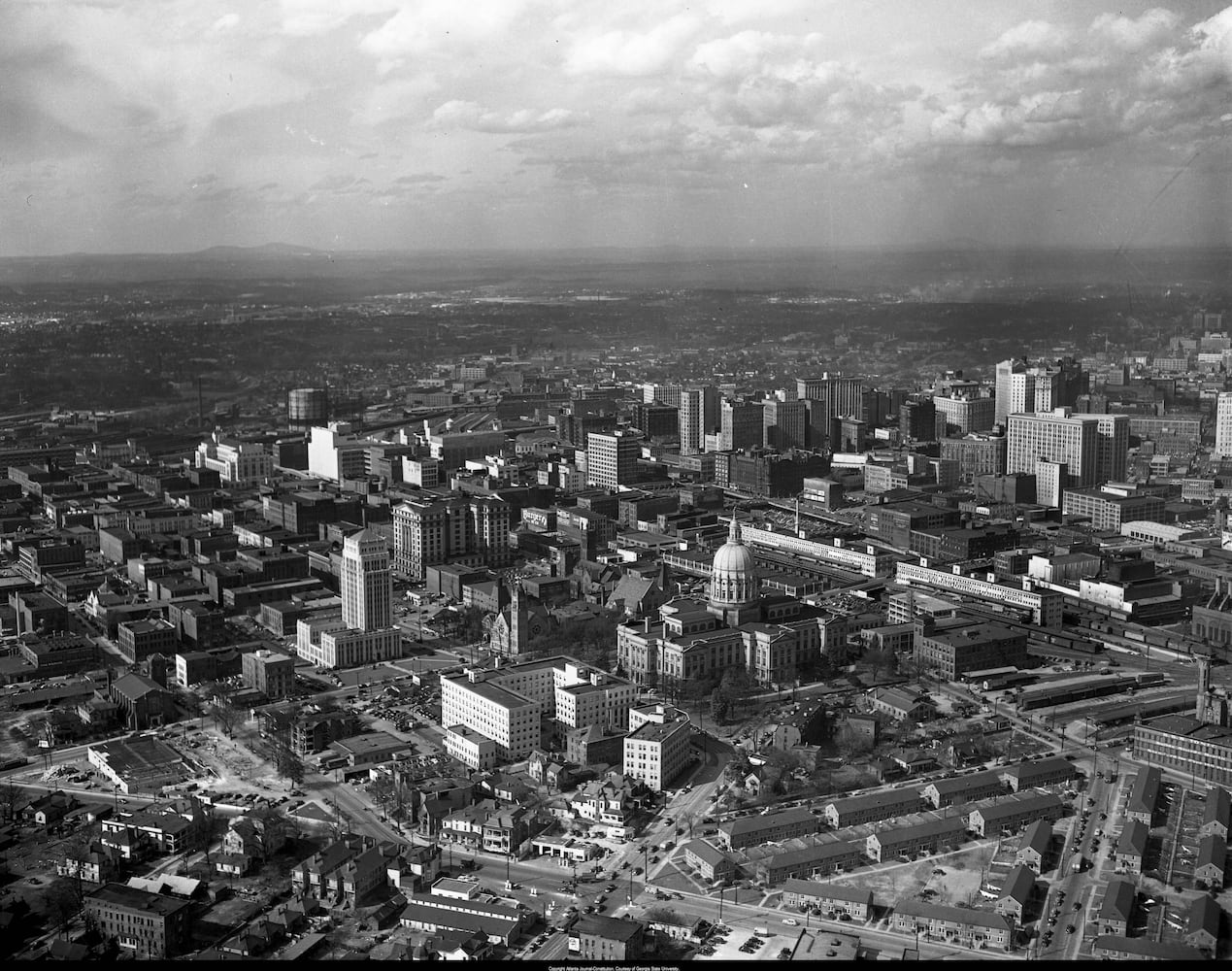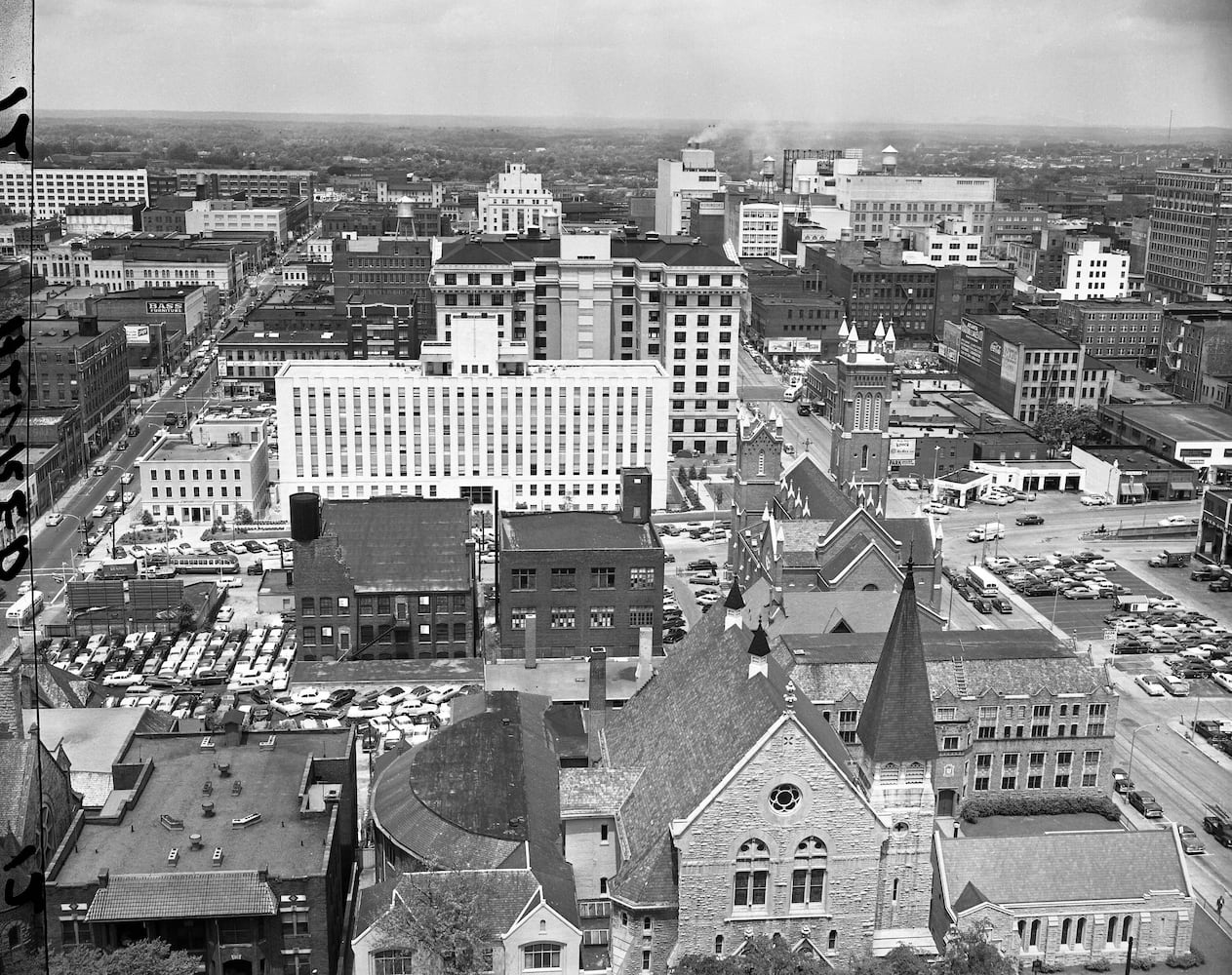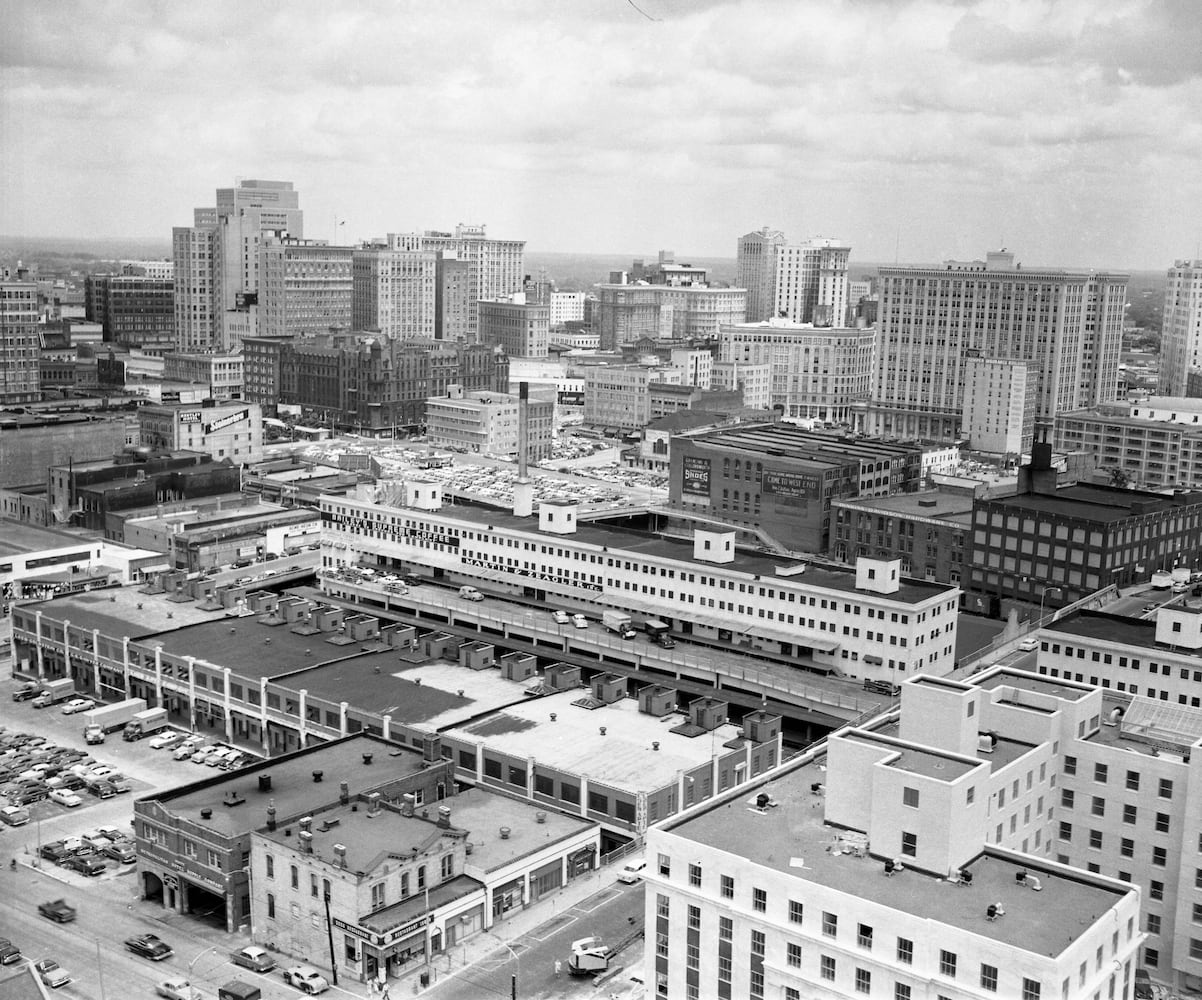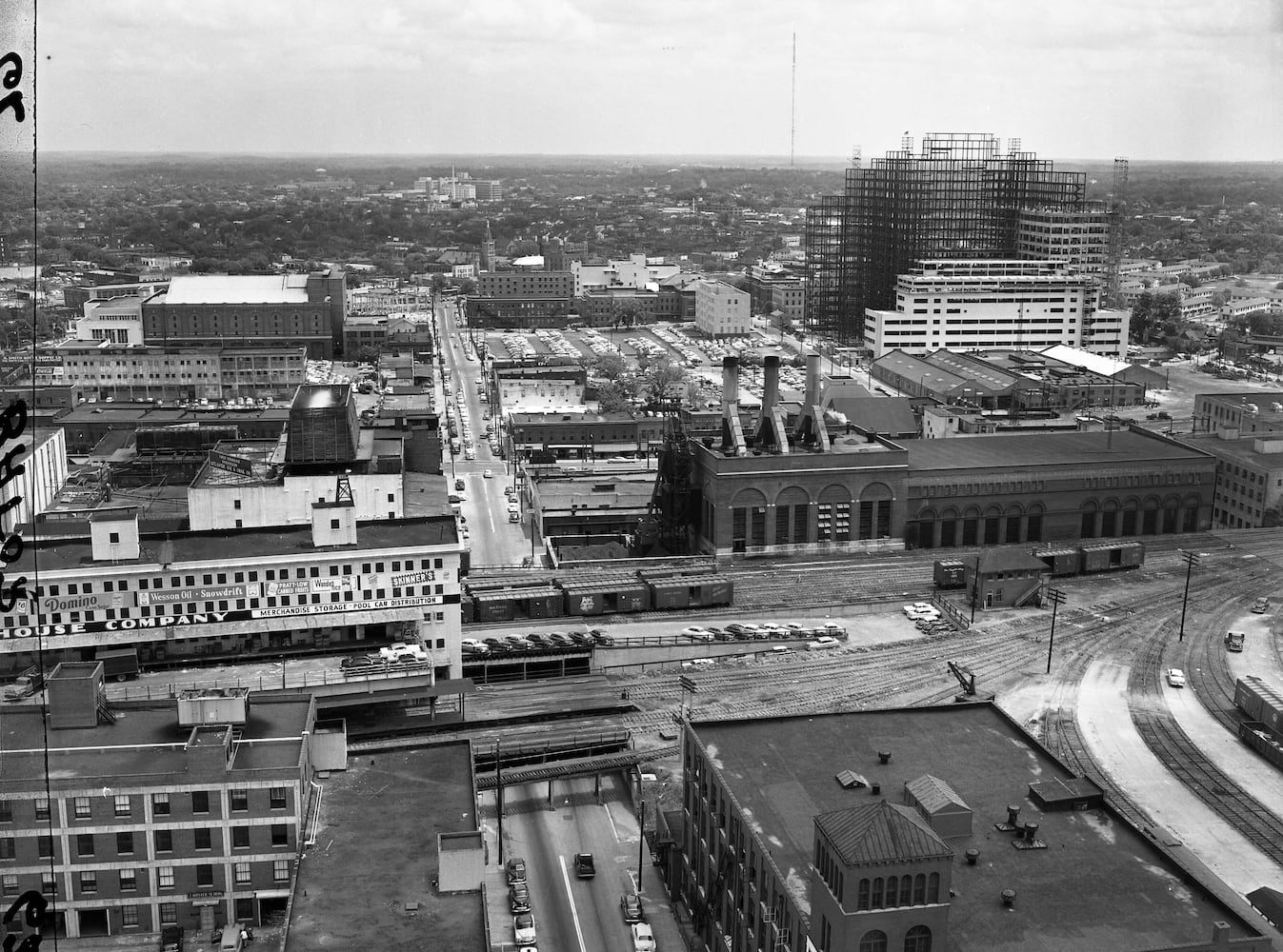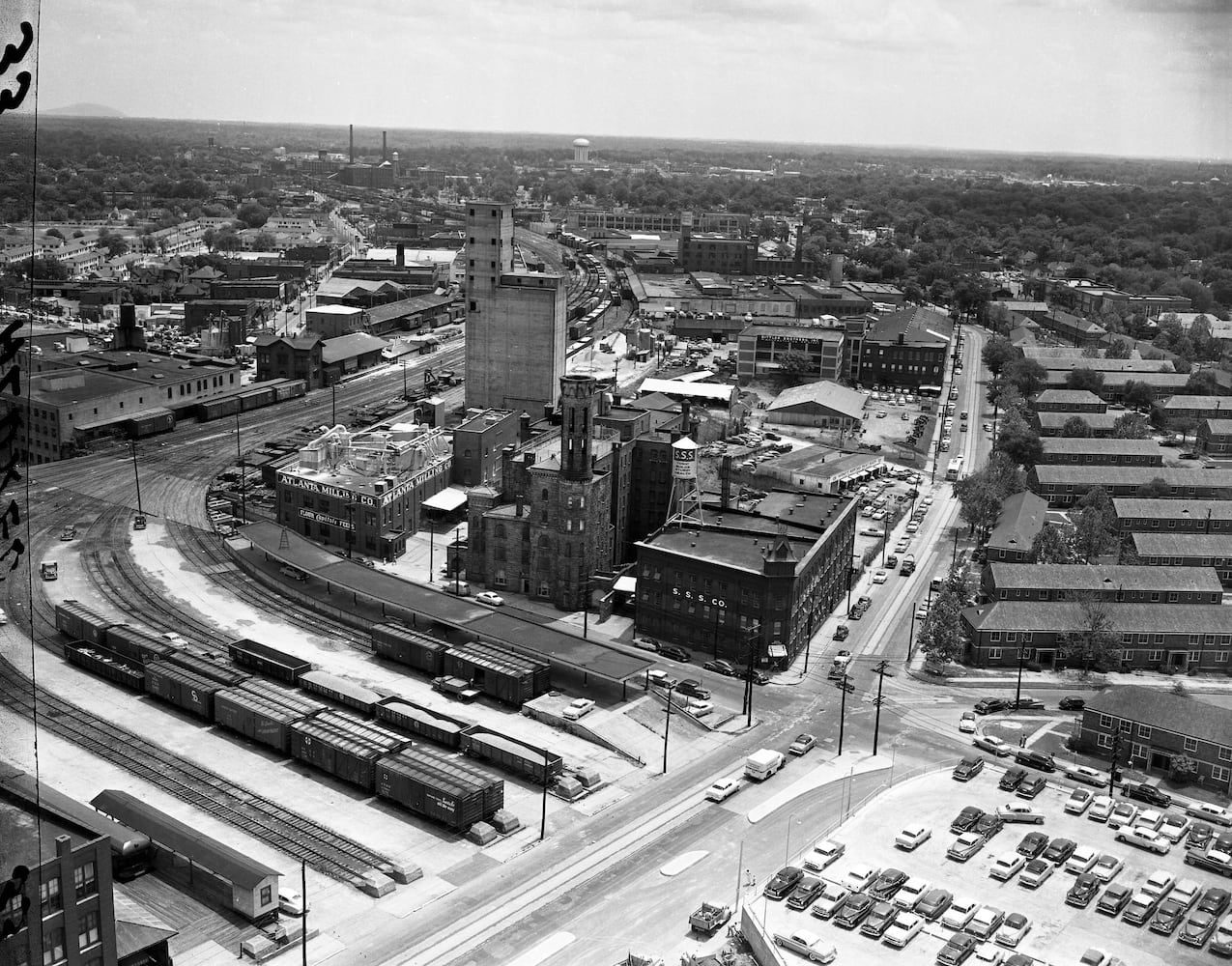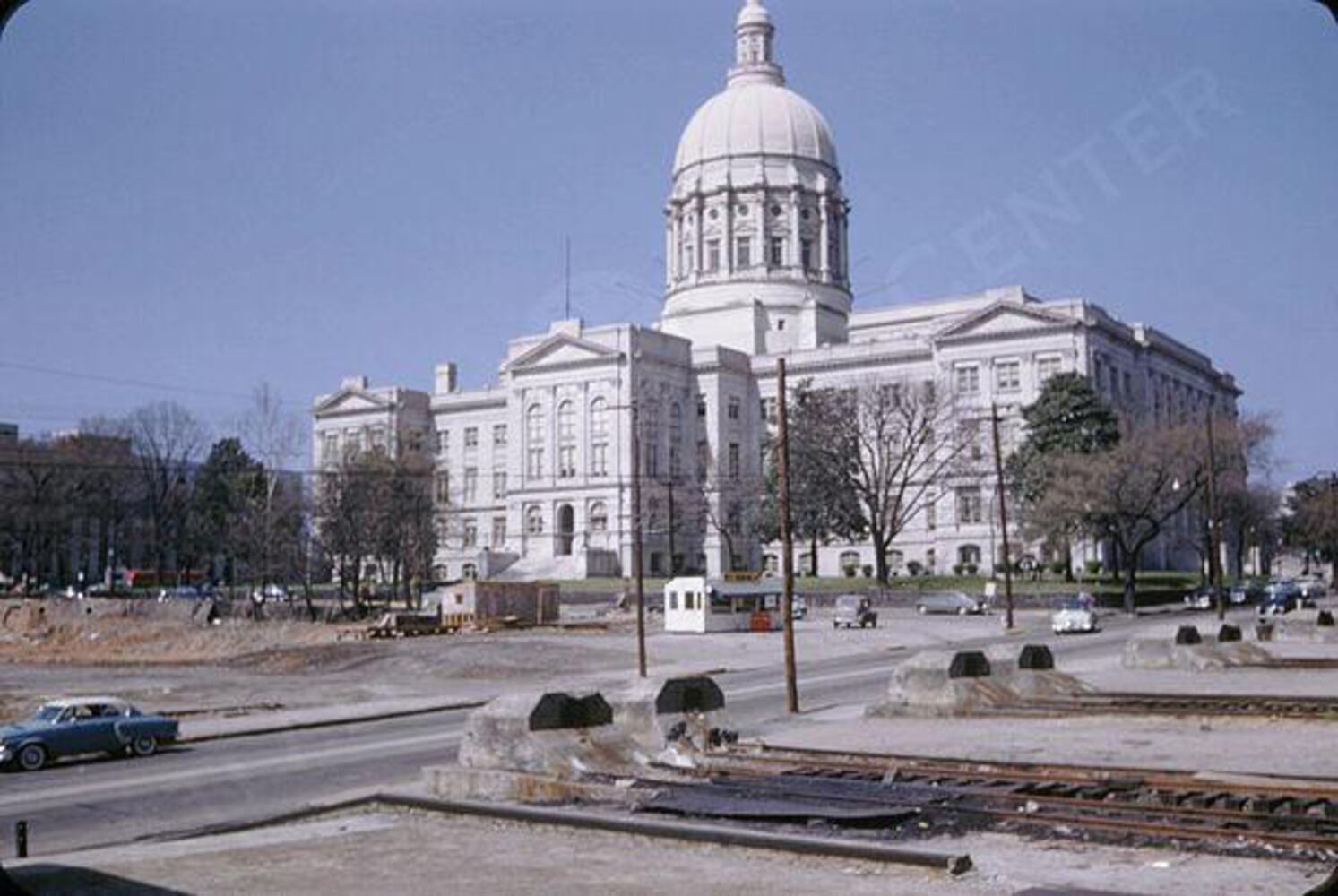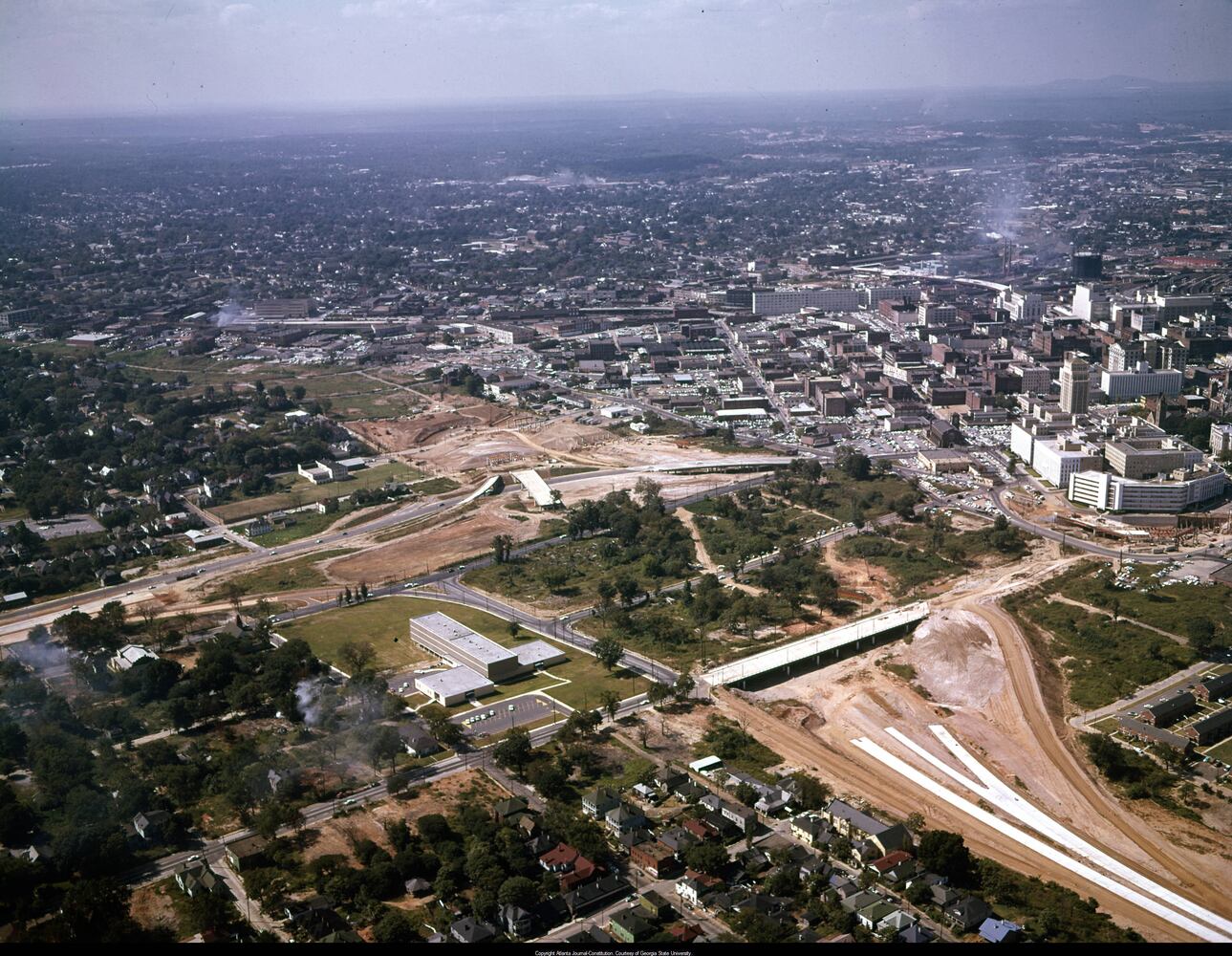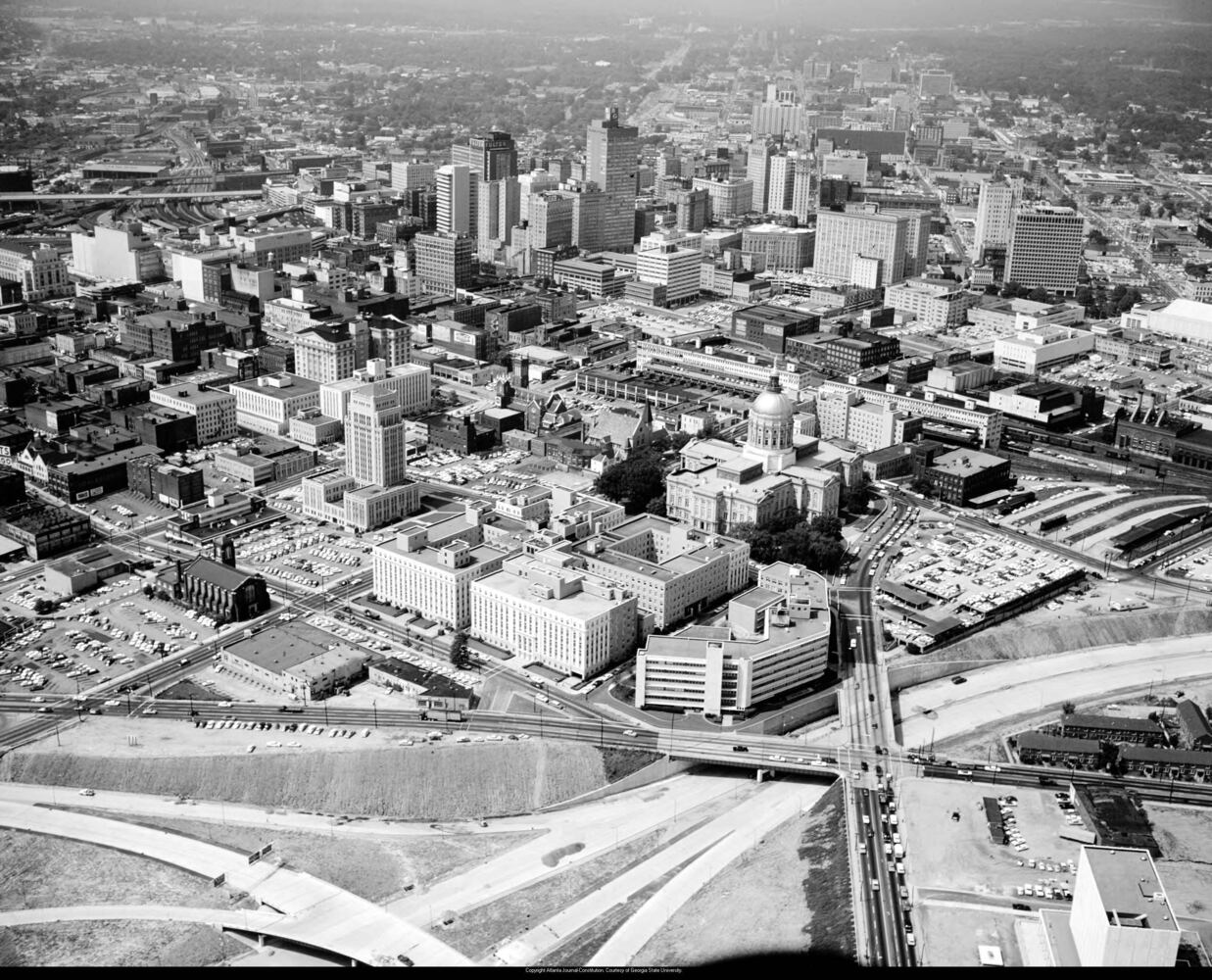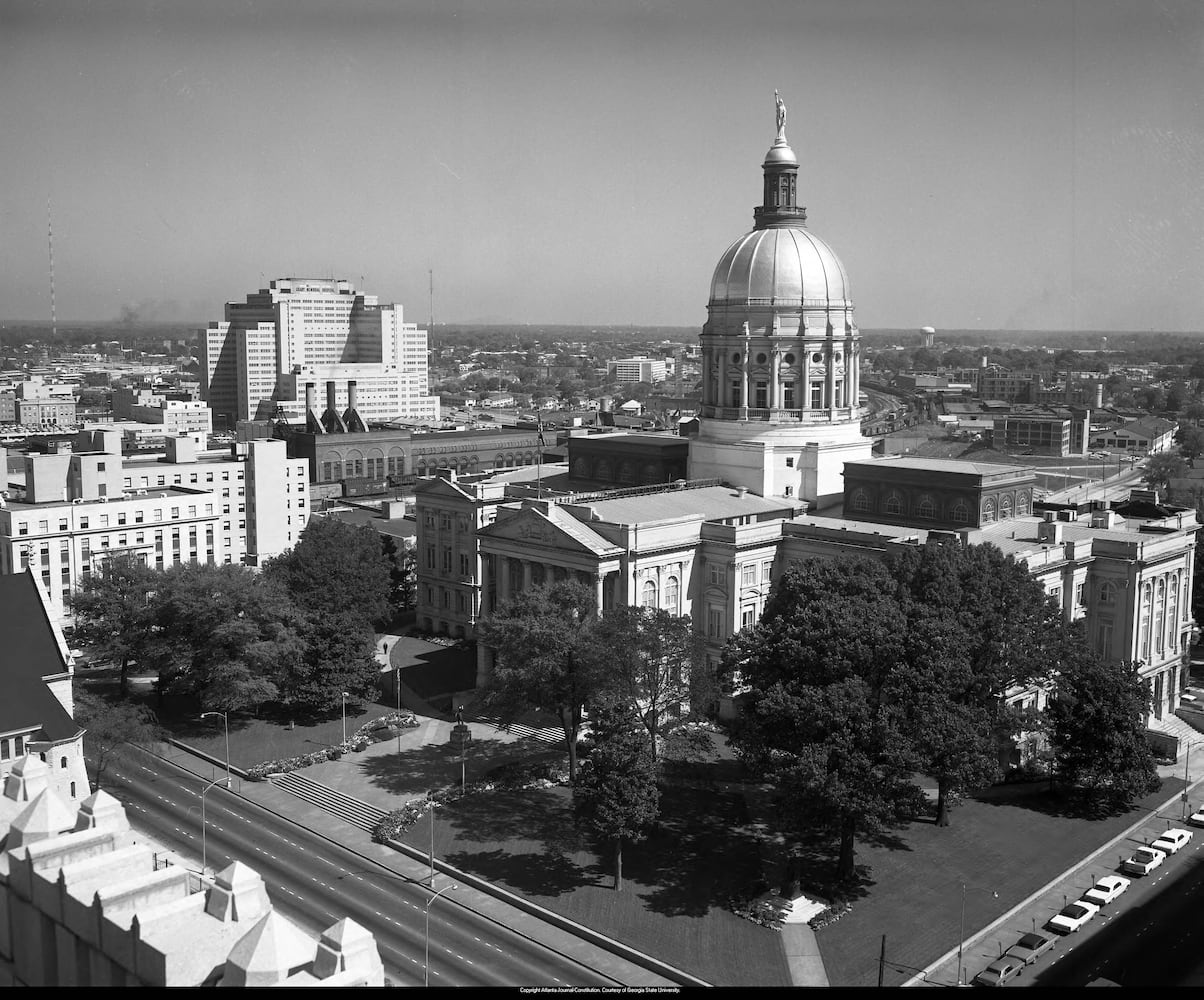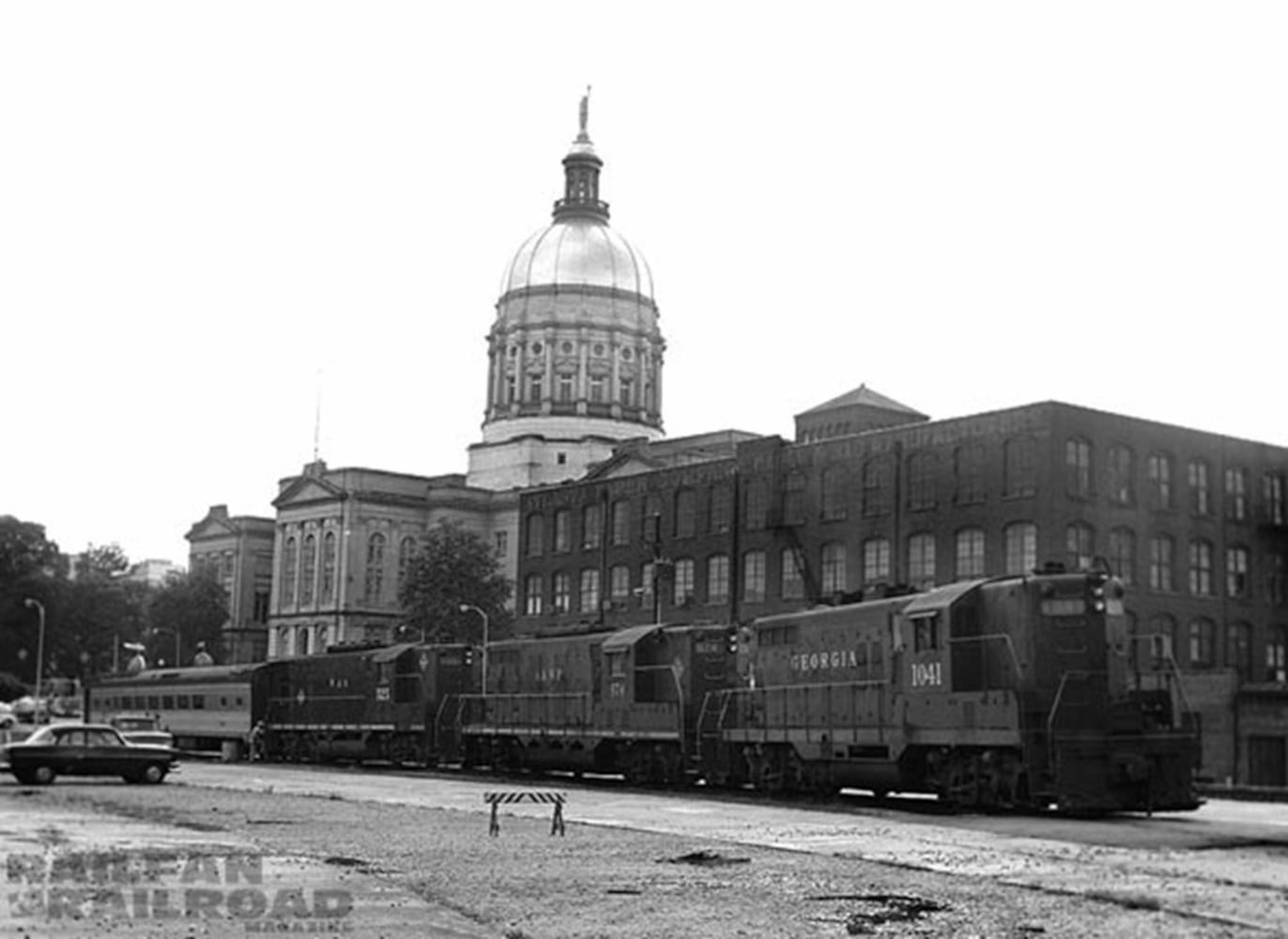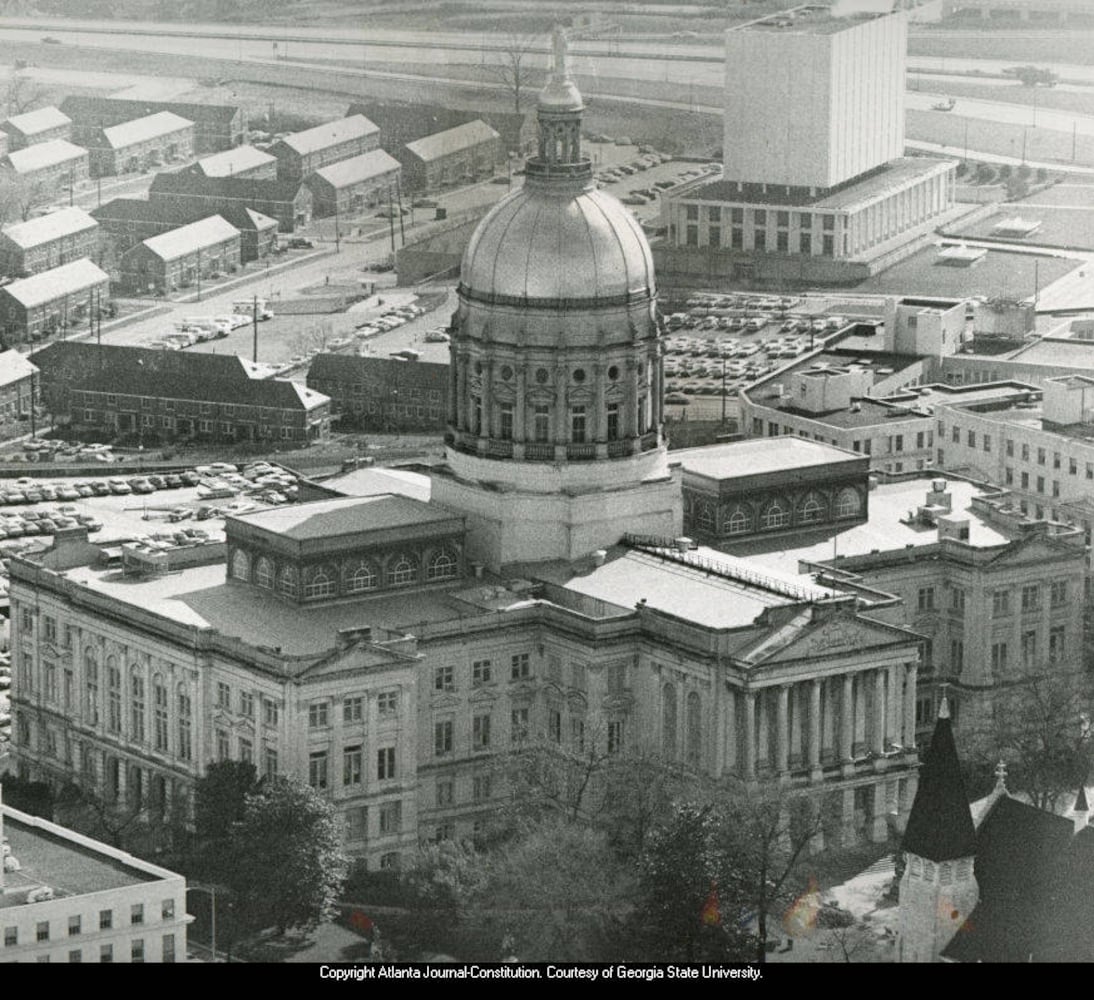On Aug. 4, 1958, a covered wagon with 43 ounces of native Georgia gold unearthed by Lumpkin County locals departed Dahlonega with six other wagons bound for Atlanta. The gold was to be hammered into paper thin leaf and used to gild the Capitol Dome for the first time, making Georgia one of only 10 Capitol buildings in the nation at the time with a golden dome.
The efforts gave nod to Dahlonega’s history as an 1828 gold rush town and reenacted the wagon train that moved the state’s treasury when Georgia’s capital moved from Louisville to Milledgeville in 1807. The gold-carrying wagon train, escorted by state troopers, made a 3 mph, three-day journey to the state Capitol, where the gold was presented to then-Gov. Marvin Griffin. The dome was regilded a second time in 1981 with gold coming from Dahlonega’s Crisson Gold Mine.
Now, more than 66 years after the first gold donation, Dahlonega — a city named after the Cherokee word for yellow or gold — has stepped up a third time. At the 70th annual Gold Rush Days festival on Saturday, two Dahlonega mines — Crisson Gold Mine and Consolidated Gold Mine, each donated 10 ounces of gold to be used in the regilding of the Capitol Dome.
Credit: Lumpkin County Historical Society.
Credit: Lumpkin County Historical Society.
The mines’ generosity was recognized during the festival with a commendation from Georgia Senate Majority Leader Steve Gooch, who represents the area. The regilding is part of a $392 million capital renovation approved by lawmakers in February and includes a new legislative office building.
The framed gold was given to a Georgia state trooper and a Capitol police officer for safe transport to Atlanta.
“It’s just really exciting to get to be another part of Georgia history and let them have our gold from Dahlonega again,” said Tammy Ray, co-owner of Crisson Gold Mine.
Credit: Patrick Quirk
Credit: Patrick Quirk
Credit: Patrick Quirk
Credit: Patrick Quirk
Ray’s husband, Tony, began working at Crisson mine when he was 14 years old. After she married him at the age of 18, she too began working at the mine, which has been operating since 1847 and was opened to the public in 1969. The Ray family has been running it as a family business since they purchased it in 1990 from the fourth generation of Crissons who retired.
“Dorothy (the founder of the Crisson Gold Mine) started her business with a folding table, an umbrella and a cigar box to put their money in,” said Ray’s daughter, Brianna Ray Weaver. “And little did they know that they just started what would become one of the top attractions here in Georgia.”
Consolidated Gold Mine opened in 1898 in response to the 1828 gold rush. It operated until 1906 and at the time was the largest hard rock mine east of the Mississippi River. The mine opened for public tours in the mid-1990s.
While neither mine is a commercial mine anymore, both offer attractions for visitors. The Crisson Gold Mine offers gold panning and includes a mining museum with an operational 140-year-old stamp mill.
Visitors to the Consolidated Gold Mine — which is located under land where Dahlonega’s Walmart now sits — can take a tour underground, hear stories about miners and also pan for gold.
Credit: Patrick Quirk for the AJC
Credit: Patrick Quirk for the AJC
The Gold Rush Days festival takes place each year on the third weekend of October in Dahlonega.
Photo Gallery The Georgia Capitol through the years
More photos from Dahlonega
Credit: Patrick Quirk
Credit: Patrick Quirk
Credit: Patrick Quirk
Credit: Patrick Quirk
Credit: Patrick Quirk
Credit: Patrick Quirk
About the Author
Keep Reading
The Latest
Featured





